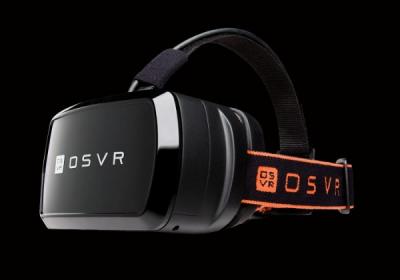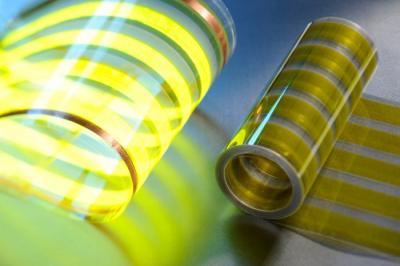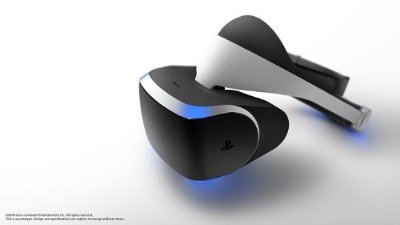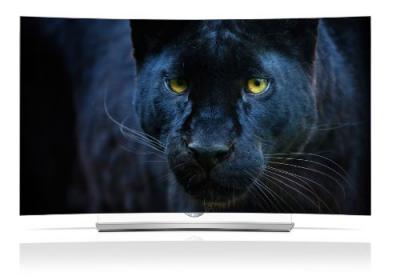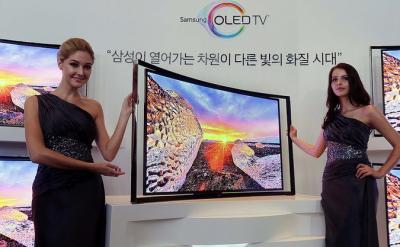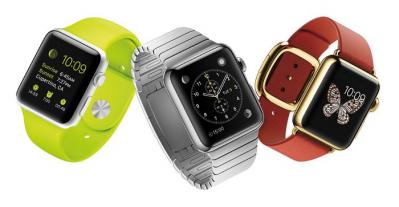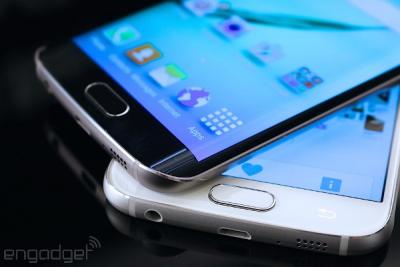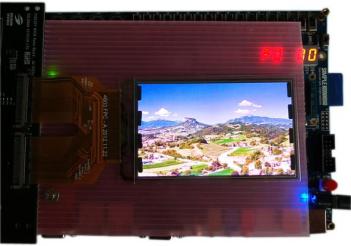Finely patterned OLEDs are brighter and more efficient, may enable organic lasers
Researchers from Japan (Chihaya Adachi of Kyushu University) and California have shown that OLED devices made with finely patterned structures are brighter and more efficient compared to regular OLEDs. The key finding in their research is that when the charge transport and recombination are confined to small nanoscale areas, the electroluminescent efficiency is increased because roll-off is suppressed.
The researchers say that such a structure (which are made using electron-beam lithography) may finally enable OLED devices to be bright enough and efficient enough to be used as laser sources. The researchers fabricated a small OLED device that supports charge density injection of 2.8 kA/cm2 while maintaining 100 times higher luminescent efficiency than previously observed.


